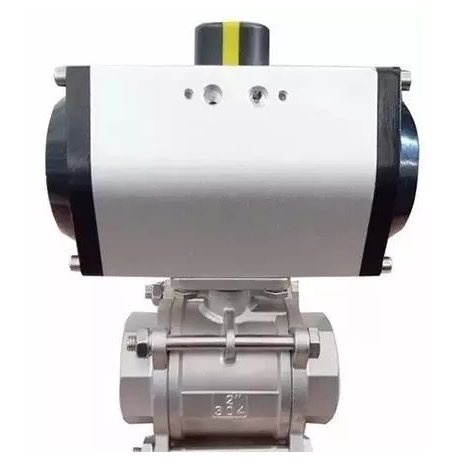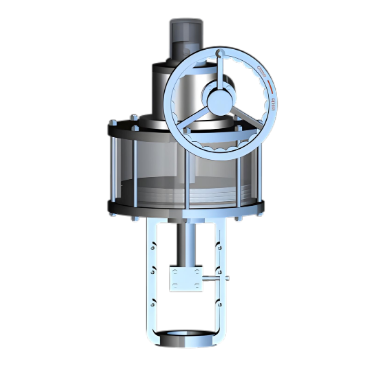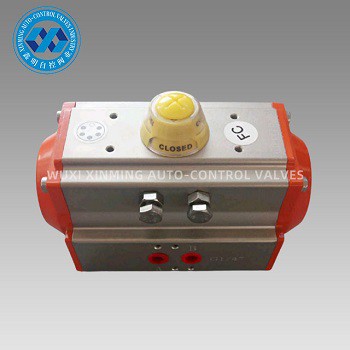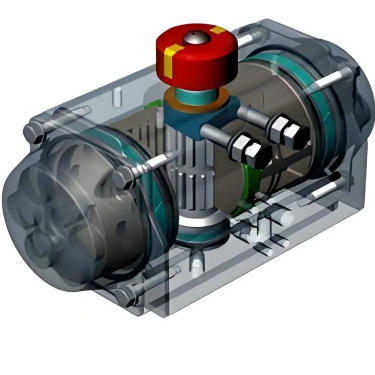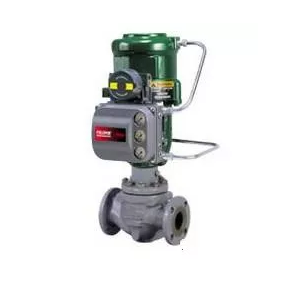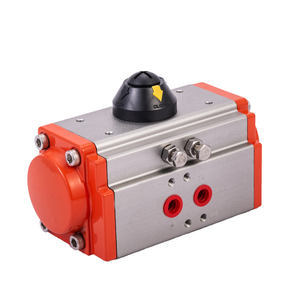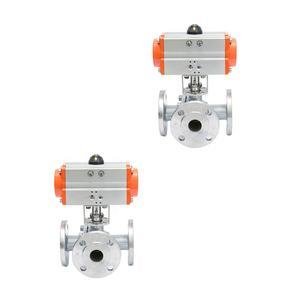Here is the correct method for selecting a
pneumatic valve actuator:
Consider the valve type and size: Different
valve types (such as ball valves, gate valves, and butterfly valves) and sizes
require actuators with different output torques or forces. For example, a large
- diameter butterfly valve needs a pneumatic actuator with sufficient torque to
ensure smooth opening and closing.
Determine the operating conditions: Factors
like temperature, pressure, and medium characteristics of the working
environment affect the selection. In high - temperature environments, choose
actuators with heat - resistant materials. For corrosive media, opt for
actuators with corrosion - resistant coatings or materials.
Select the appropriate actuator type:
Pneumatic actuators include double - acting and single - acting types. Double -
acting actuators are suitable for applications that require rapid response and
precise control in both opening and closing directions. Single - acting
actuators, which rely on spring return, are often used in applications where
fail - safe operation is required.
Check the output torque and speed:
Calculate the required torque based on the valve's operating conditions and
resistance. Ensure that the selected actuator can provide sufficient torque to
operate the valve reliably. Also, consider the required opening and closing
speed of the valve to meet the process requirements.
If you want to learn more about low-priced products, please visit the following website: www.xm-valveactuator.com


